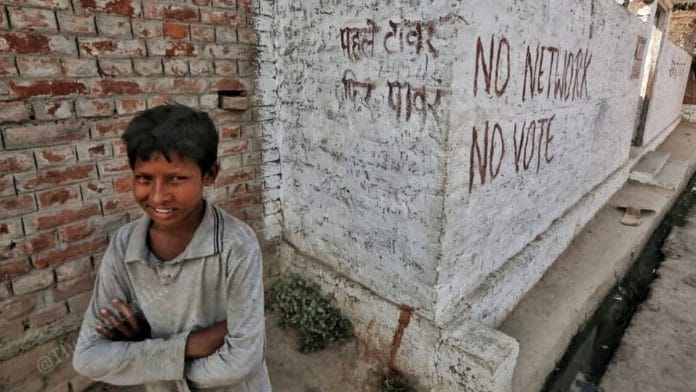Bharthapur: “We are tormented by sorrows… Nobody is being
able to understand our pain,” says octogenarian Kalawati, standing by the
Kauriala river that flows along the Bharthapur village in Bahraich district of
Uttar Pradesh while looking into the distance.
Kalawati has spent her whole life in Bharthapur village, close to the
India-Nepal border. In the remote village, the sorrows of Kalawati and other
villagers are aplenty.
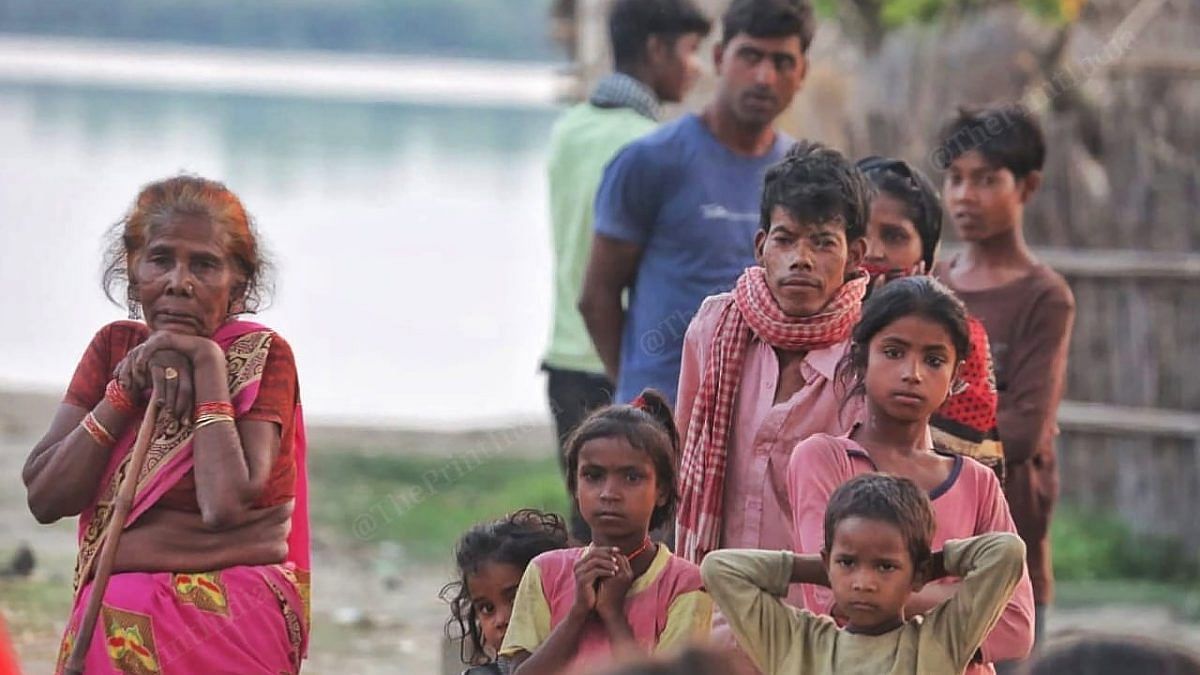
by sorrows’. | Photo: Praveen Jain | ThePrint
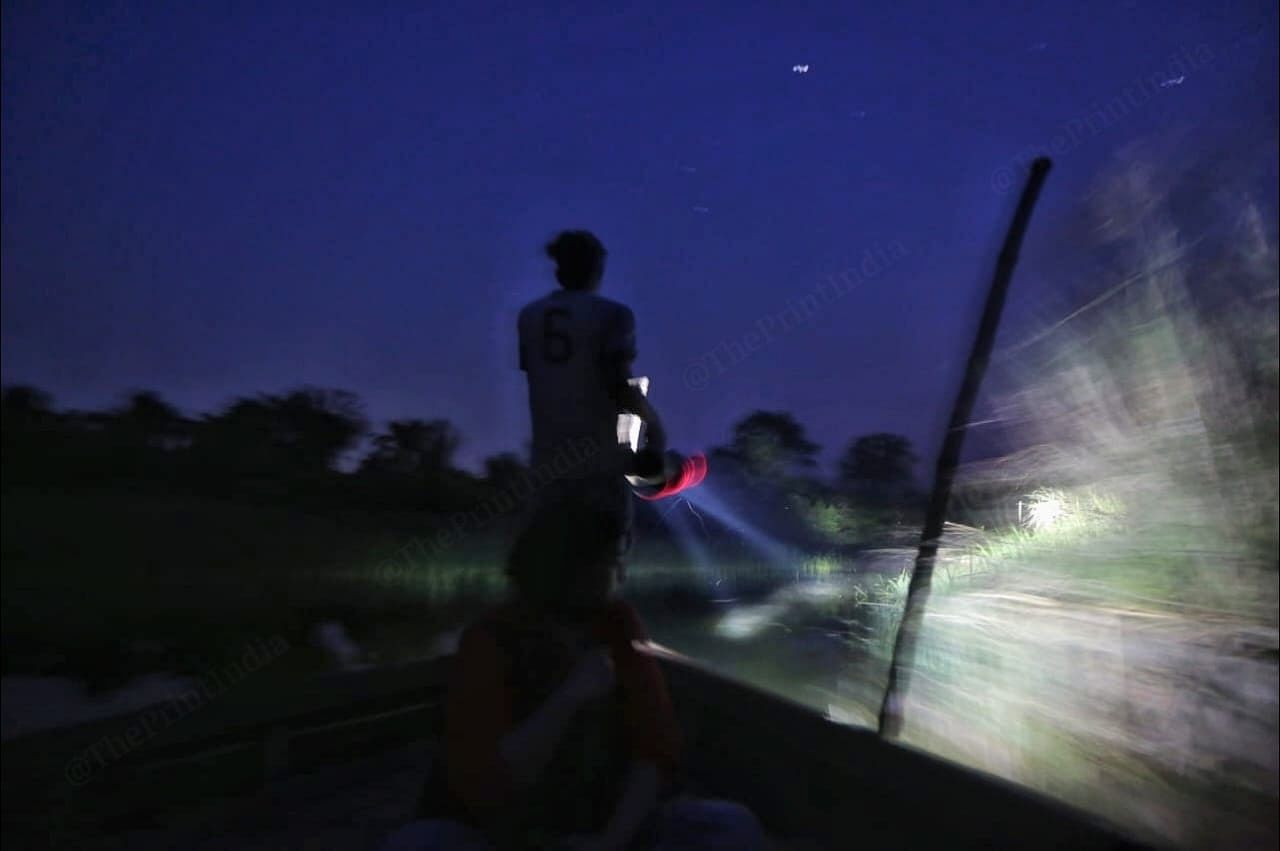
river at night. This is the only route to Bharthapur village, which lies
close to the India-Nepal border | Photo: Praveen Jain | ThePrint

resources, police also face challenges in extending timely help when the
village needs them | Photo: Praveen Jain | ThePrint
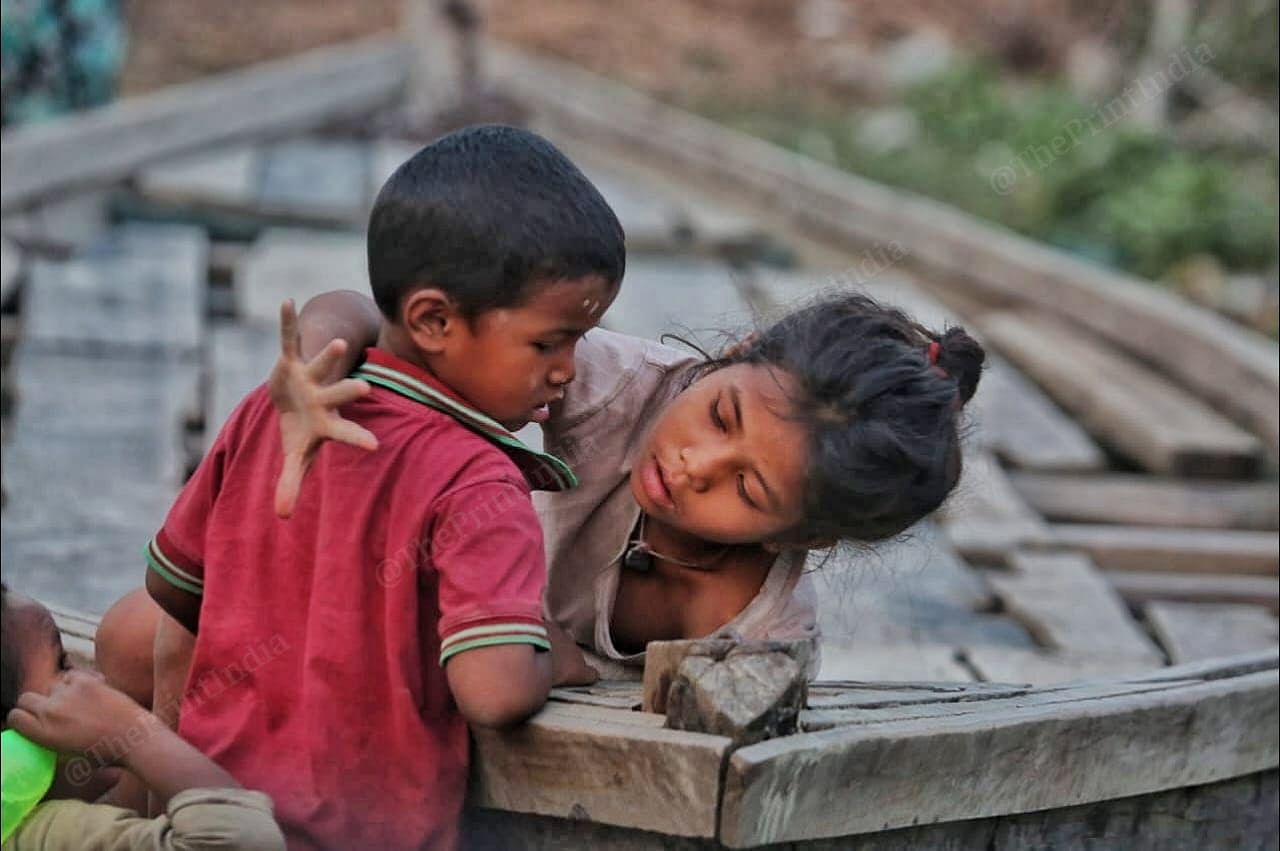
playing on an abandoned boat | Photo: Praveen Jain | ThePrint
The only way to reach Bharthapur is an arduous boat ride over the
crocodile-infested waters of the Girwa River. After the boat ride comes
another challenge—a long six kilometre walk through the thick of the
Katarniaghat jungle to reach the remote village on the banks of the Girwa
River.
The route is an equaliser. Everybody, from the villagers to the security
personnel and polling parties to be stationed in the Bharthapur village during
the upcoming Lok Sabha elections has to take this route to and from the
village, risking the threat of an ambush by crocodiles in the water and wild
tuskers, tigers, and leopards in the jungle.

cross the river and jungle to reach the primary school in the village, are
often a no-show | Photo: Praveen Jain | ThePrint
Consequently, the teachers, who come from outside the village, often end up
missing classes in the only primary school in the village.
The nearest functioning government hospital is over 50 km away, in Motipur.
The houses do not have electricity and rely on small solar panels to power
their everyday life. The village also gets flooded by the Kauriala river every
year.

outside world | Photo: Praveen Jain | ThePrint
On Bharthapur’s side of the Girwa River, five other villages — Kartaniya,
Amba, Bardiya, Fakirpuri, and Bisunapur — near the India-Nepal border remain
in a communication fog as far as the world outside is concerned. These
villages have never had an Indian mobile network, but often get networks from
Nepal instead. So, many of the villagers have Nepali SIM cards on their
phones.
A few months ago, they took matters into their hands and decided to boycott
the Lok Sabha elections if they don’t start getting mobile networks. All walls
in the villages are currently painted with slogans such as
“No tower, No power”
and “No network. No vote”.
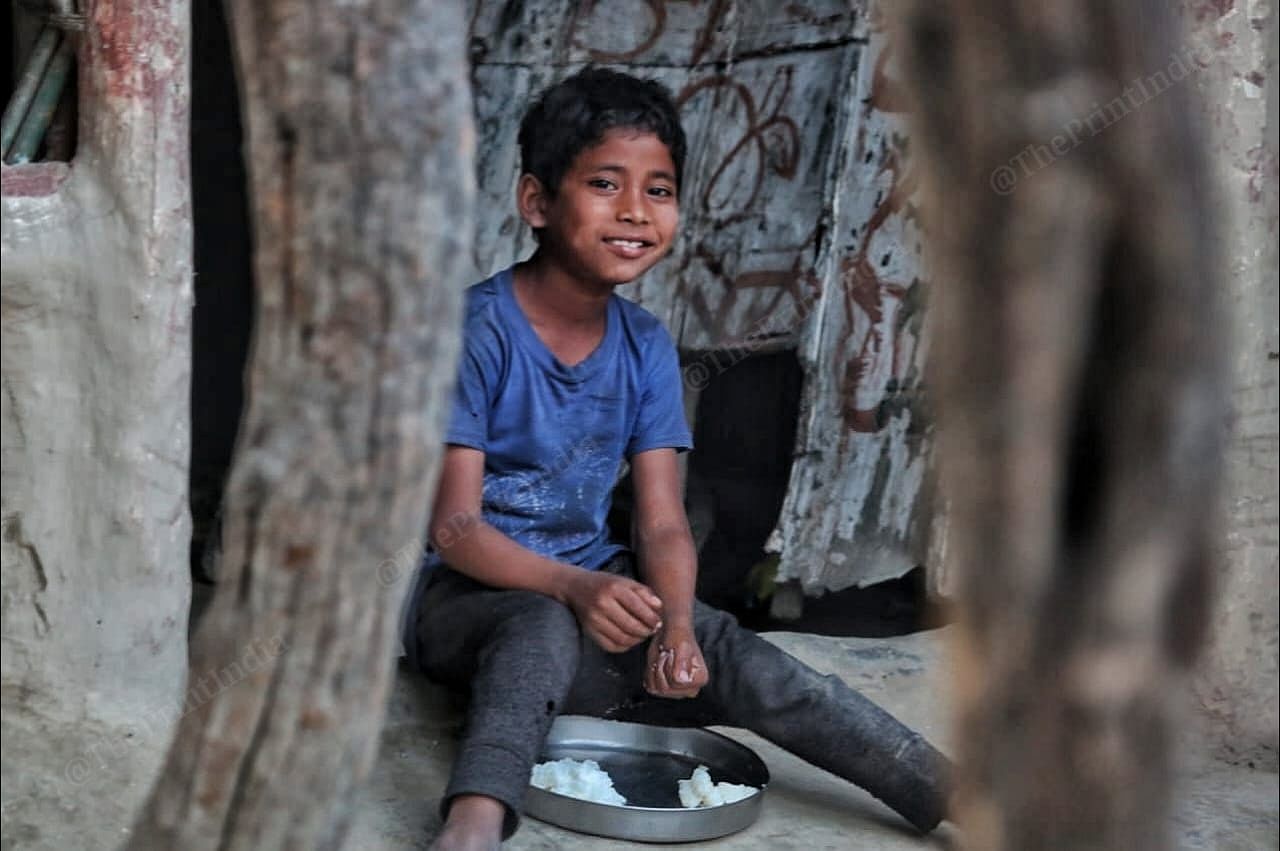
often miss their monthly free ration runs, so now the authorities get ration
to the village instead | Photo: Praveen Jain | ThePrint
The authorities sprang into action, and made the lone BSNL tower near the
villages operational again, leading to a slight reprieve in the village. But,
villagers say their demand for private networks will continue.

digital India and development | Photo: Praveen Jain | ThePrint
These villages are far from dreams and promises of digital India and
development, cutoff from the rest of the country owing to their difficult
terrain. A huge part of this area falls under the Katarnia Ghat Wildlife
Sanctuary— a mosaic of sal and teak forests, lush grasslands, swamps, and
wetlands.
The forests are home to gharials, tigers, rhinos, elephants, Gangetic
dolphins, swamp deers, and vultures, making the terrain extremely treacherous.
The treacherous terrain often cuts off the six villages from valuable
resources, including proper healthcare and education.


nearest functioning government hospital is over 50 kilometres away | Photo:
Praveen Jain | ThePrint

primary school.| Photo: Praveen Jain | ThePrint
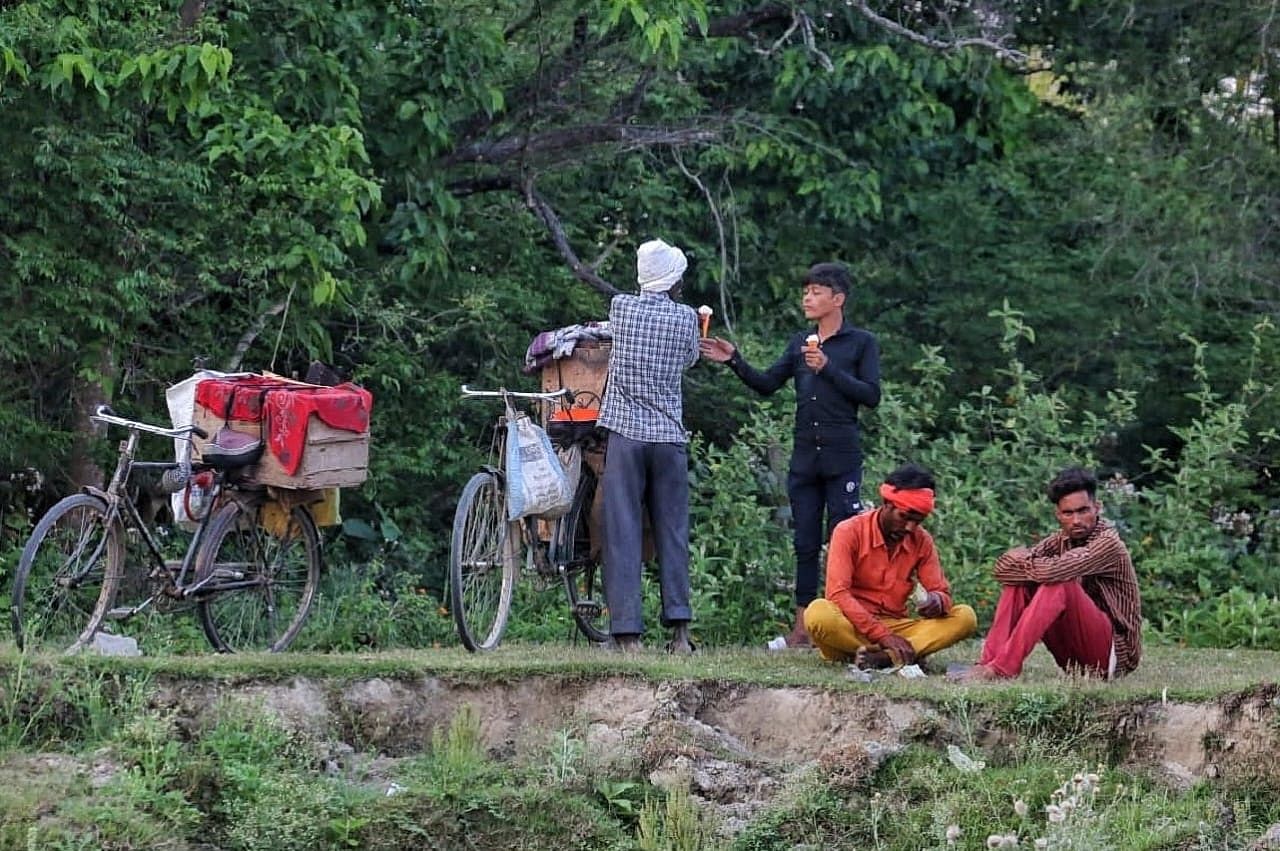
Praveen Jain | ThePrint
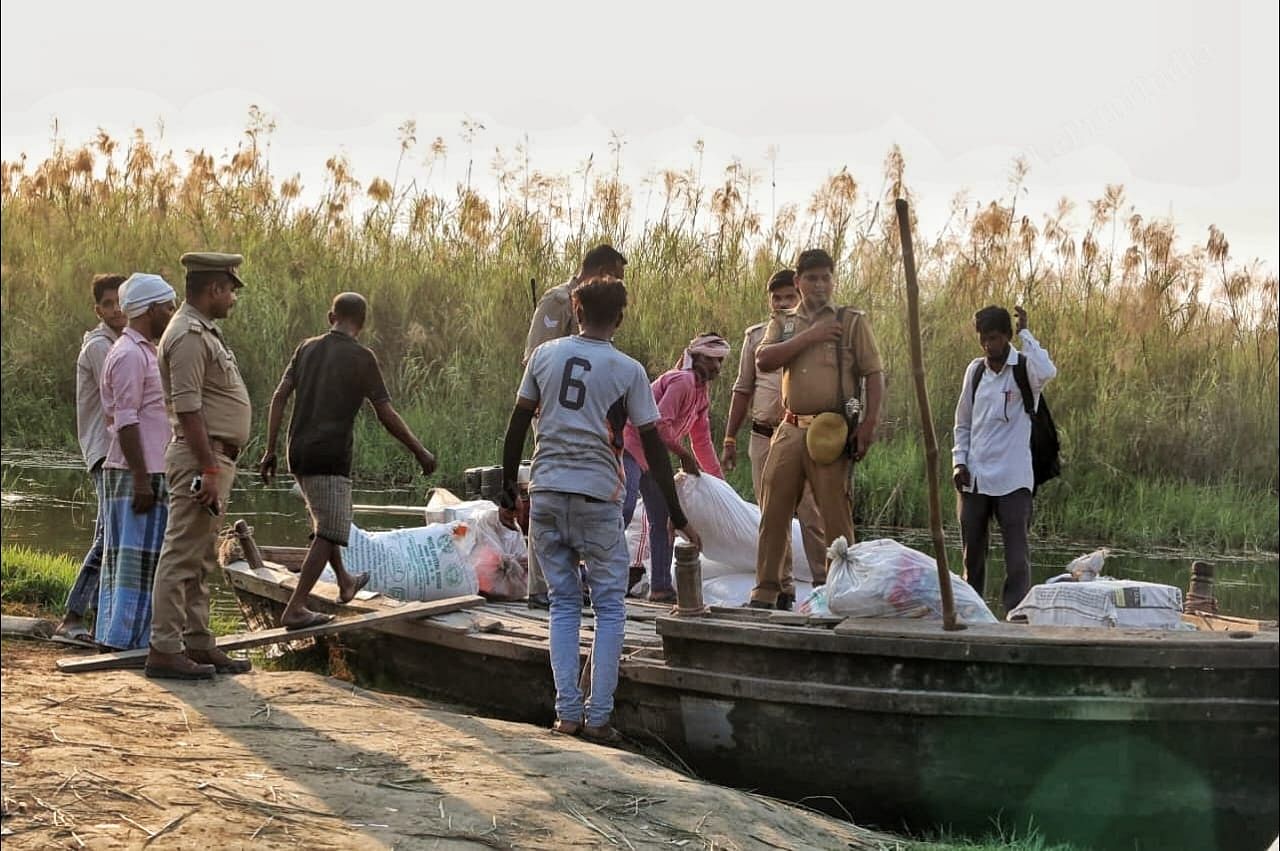
and election officials, have to take the river and jungle route | Photo:
Praveen Jain | ThePrint

Jain | ThePrint

30 for a trip| Photo: Praveen Jain | ThePrint
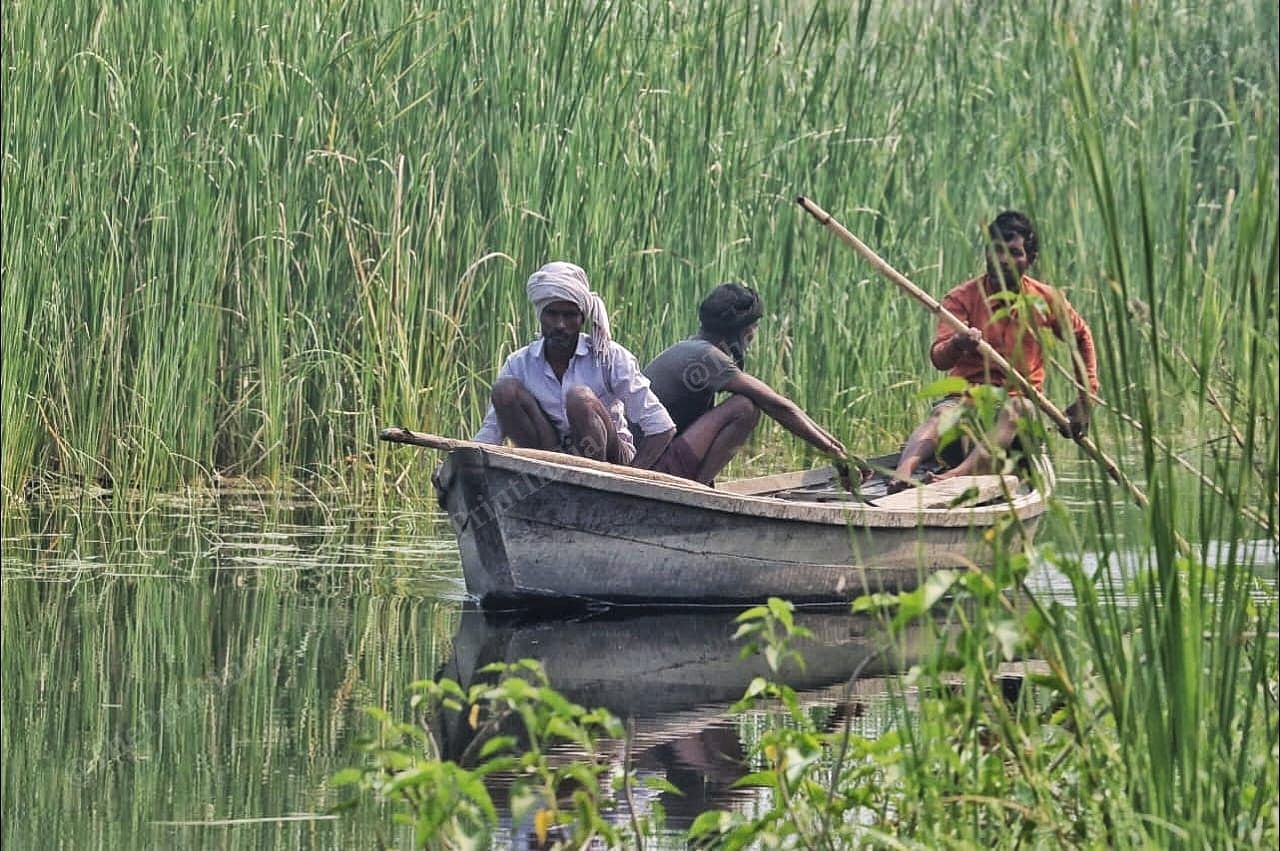
Praveen Jain | ThePrint

tradition of free movement of people across the border | Photo: Praveen Jain
| ThePrint
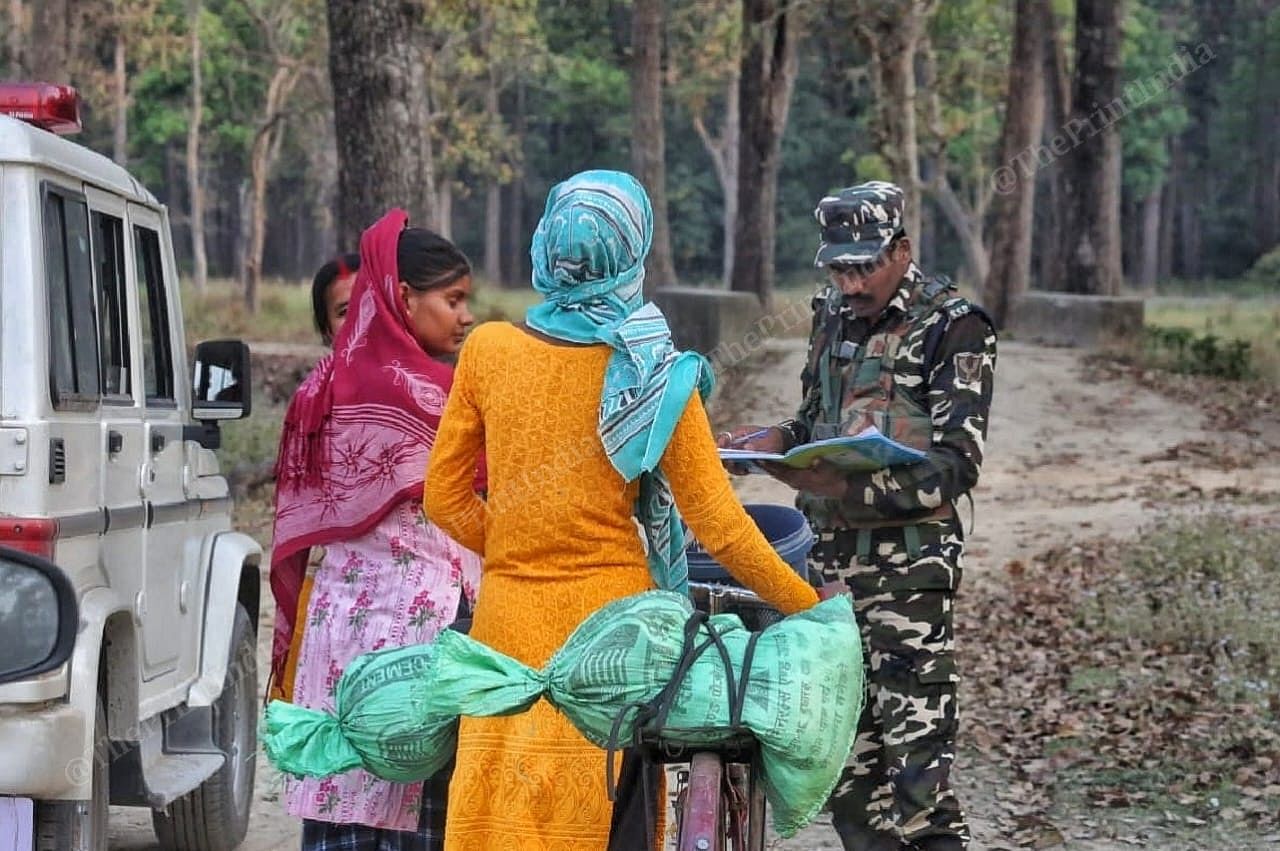
official conducts a check at the India-Nepal border near Katarniaghat jungle
| Photo: Praveen Jain | ThePrint
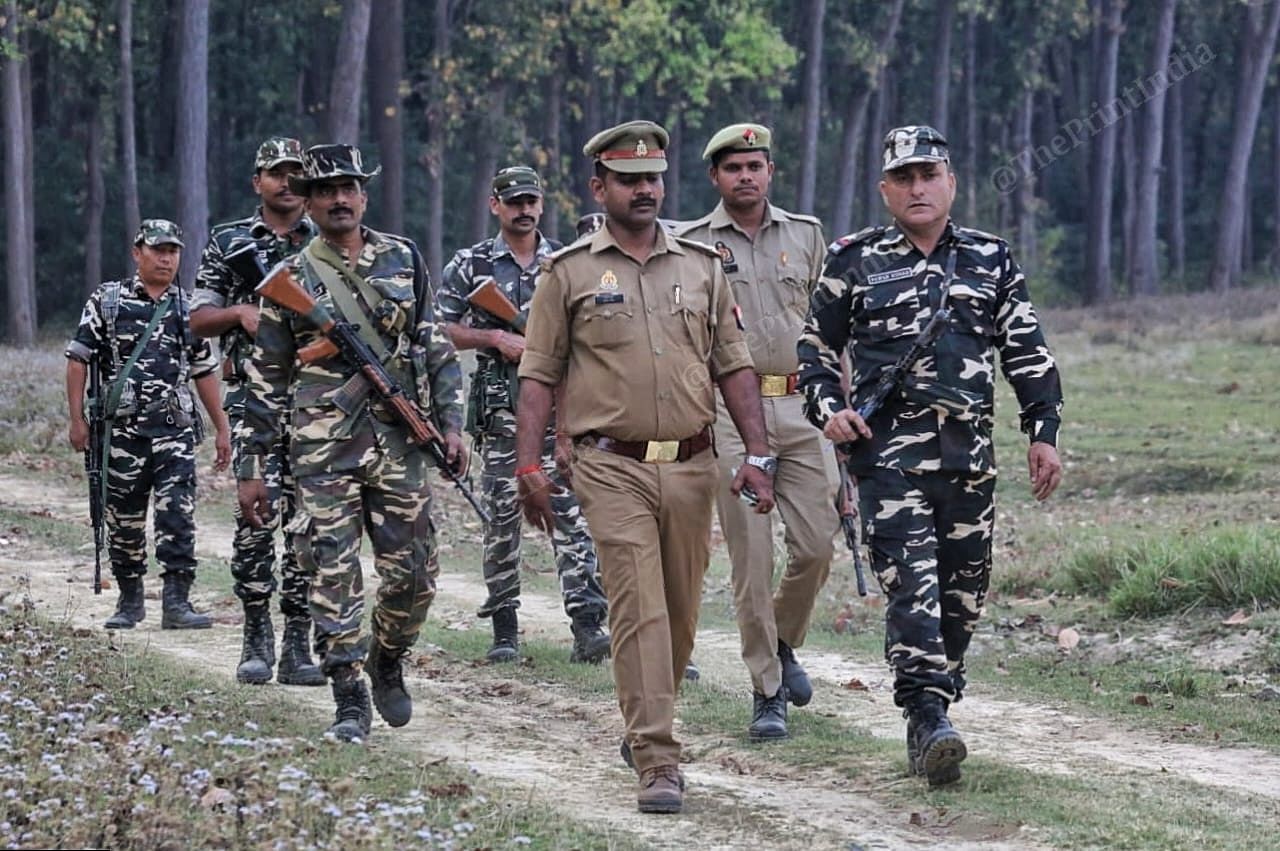
Photo: Praveen Jain | ThePrint
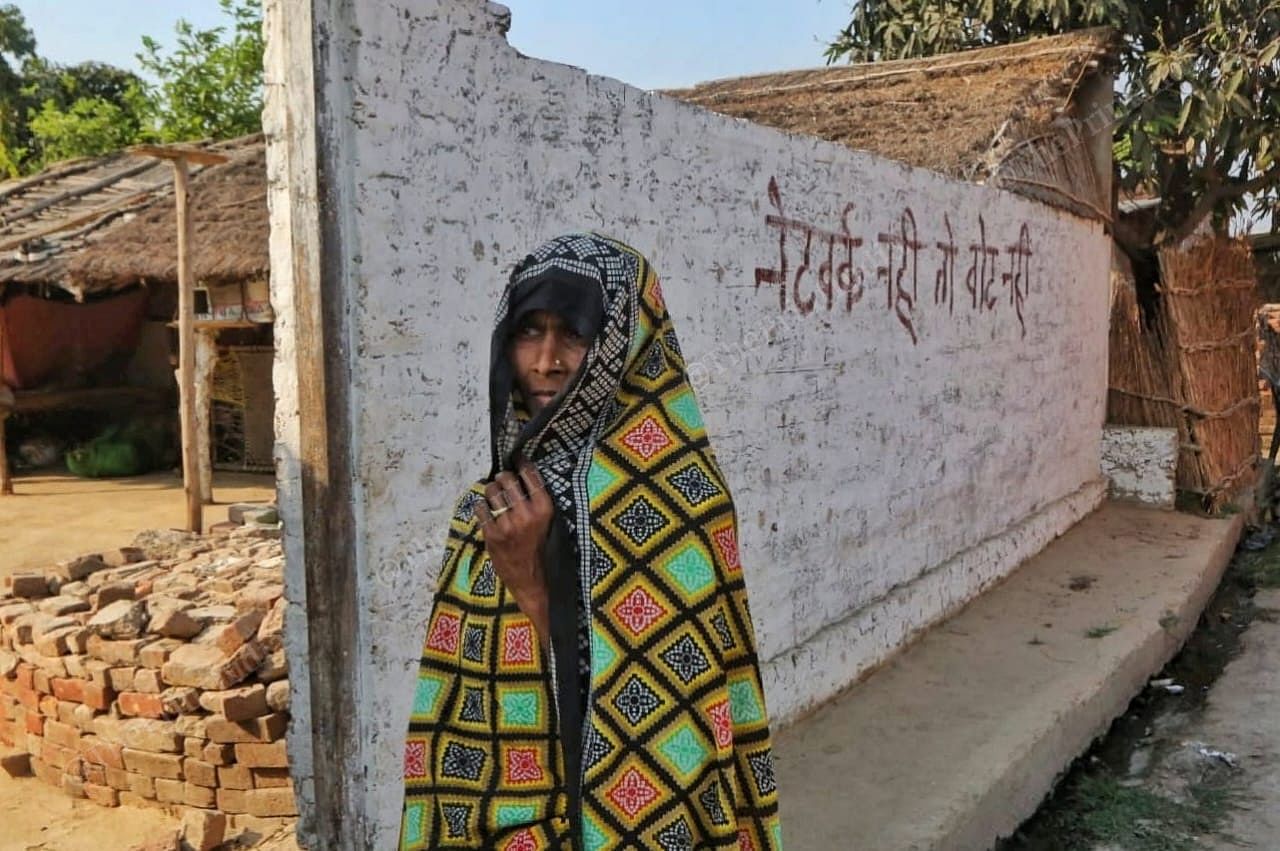
the country goes to the polls | Photo: Praveen Jain | ThePrint

lack of mobile networks | Photo: Praveen Jain | ThePrint
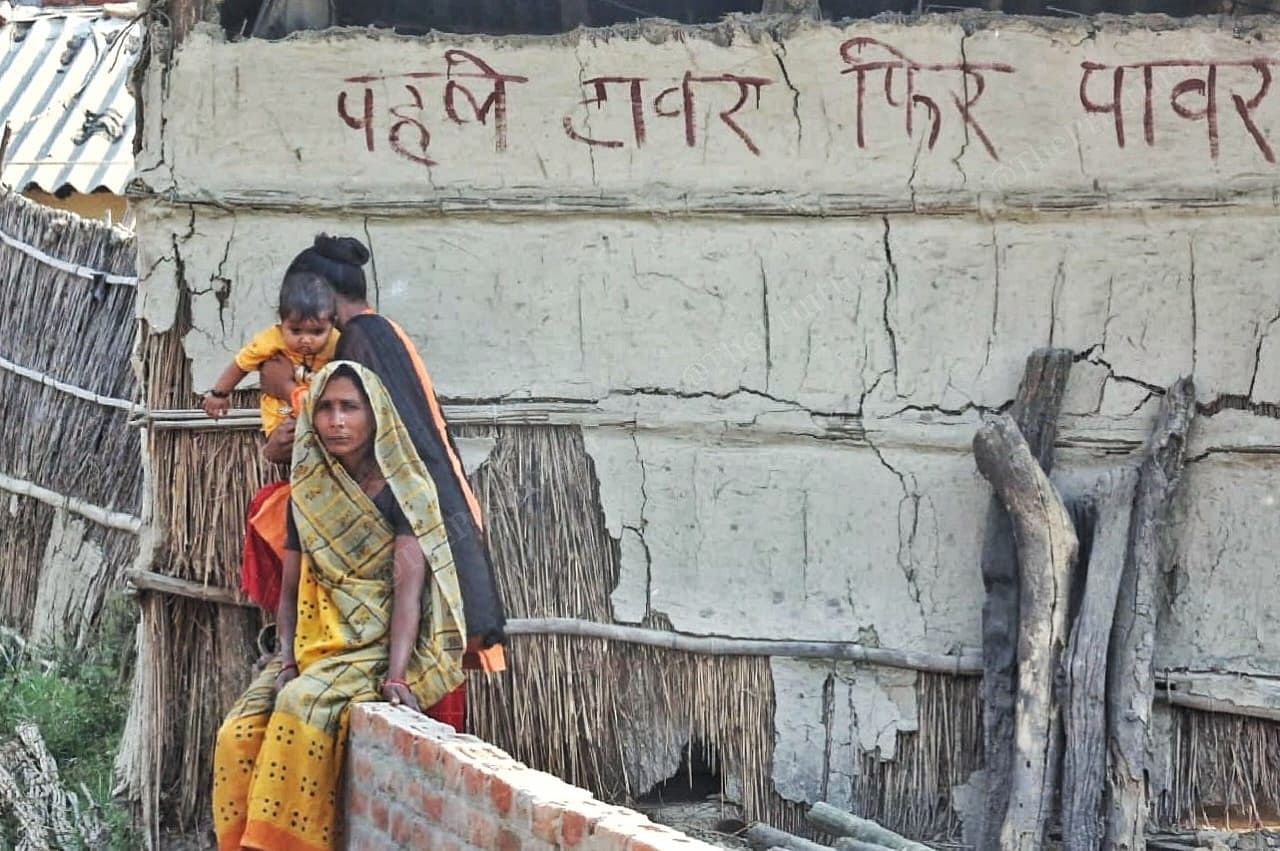
Photo: Praveen Jain | ThePrint
(Edited by Madhurita Goswami)
Also read:
‘What if I die or become disabled?’ In UP ‘village of jawans’, few want
to join Army as Agniveer



